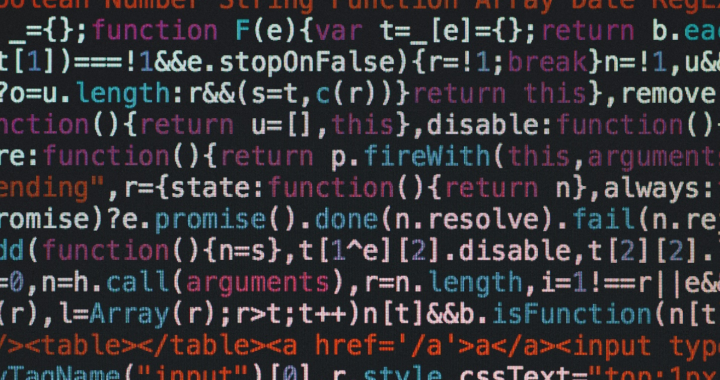Most criminals become very good at covering up their tracks and deleting all incriminating data from their devices. However, a digital forensic expert acting as a computer forensics expert witness can recover that data given a chance using the following techniques.
Disk Imaging
This is a process where a bit-by-bit copy of the entire disk being studied becomes copied onto another disk where it can be analyzed and altered without touching the original piece of evidence, keeping the original device intact.
File Carving
The process of extracting deleted or incomplete files from the image of a device through the identification of a file header, footer, or any other signature. This method is used to extract information that may seem lost forever integral to an investigation. This process can be used in situations in which deleted data fragments or files without proper metadata are extracted from the image of a device using any other signatures or patterns possible to detect them.
Unallocated Space Analysis
Unallocated space on a drive is the space where deleted files and data can be stored. Analyzing this space can help us detect, decipher, and analyze deleted files and data fragments to be able to collect any evidence necessary, such as incriminating emails, media, or more.
Data Reconstruction
In this process, pieces of data or several fragments are drawn together to make a cohesive picture and bring the data back to its original state before being deleted or corrupted. This is a criminal’s worse nightmare.
Hexadecimal Analysis
Experts in the field have a discerning eye. They can tell when something is wrong with a digital device from a mile away. That’s where hexadecimal analysis comes in. In this process, experts break down the data into the rawest form and analyze the hexadecimal codes for any patterns or signs of being tampered with. It is also used to detect metadata to make file recovery easier.
Error Checking and Repair Tools
Experts in the field also rely on the latest developed tools to detect and repair errors in corrupted files. Sometimes, we are successful in finding the lost files, but they are corrupted beyond reproach, or at least that is what we think. There is software that can repair the corruption and get most, if not all, of your data back before it could have been exploited.
Log Analysis
The system and all applications within it leave detailed logs of every action. These logs can be located and studied extensively for any lost evidence or proof needed. You can find information on events like timestamps and more that can serve as evidence in court. It is also highly useful information for extracting lost files.
Live Memory Analysis
This technique examines the volatile or live memory within the RAM to extract information such as passwords or encryption keys.
A volatile memory dump is used for offline analysis of live memory. The raw memory dump has a wealth of information often overlooked.
Conclusion
A digital forensic engineer utilizes many techniques and tools while on the job. These range from simple data recovery processes to highly sophisticated analyses to find and reconstruct data fragments. Contact us for data forensic expert and more!

